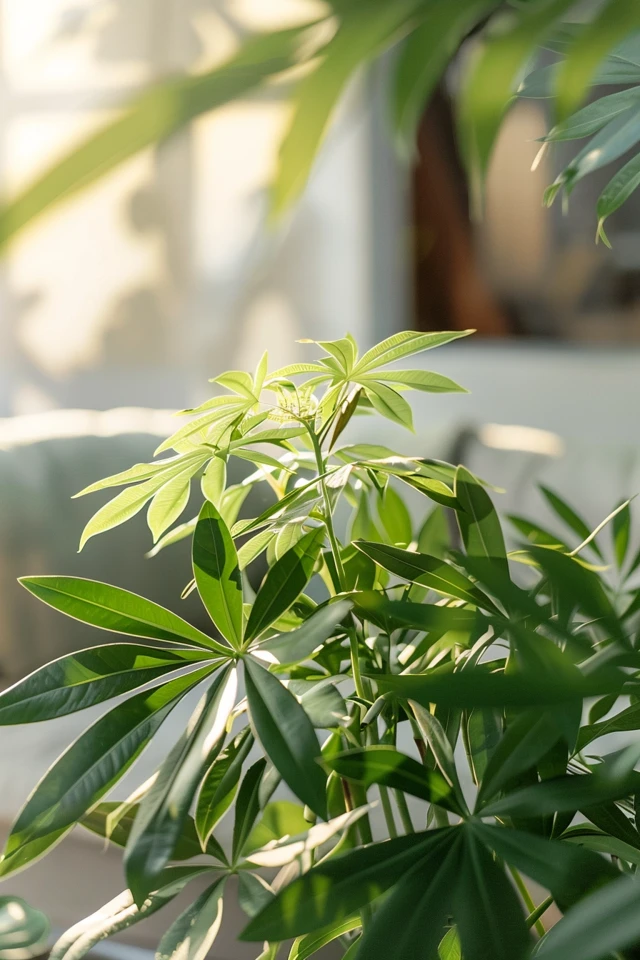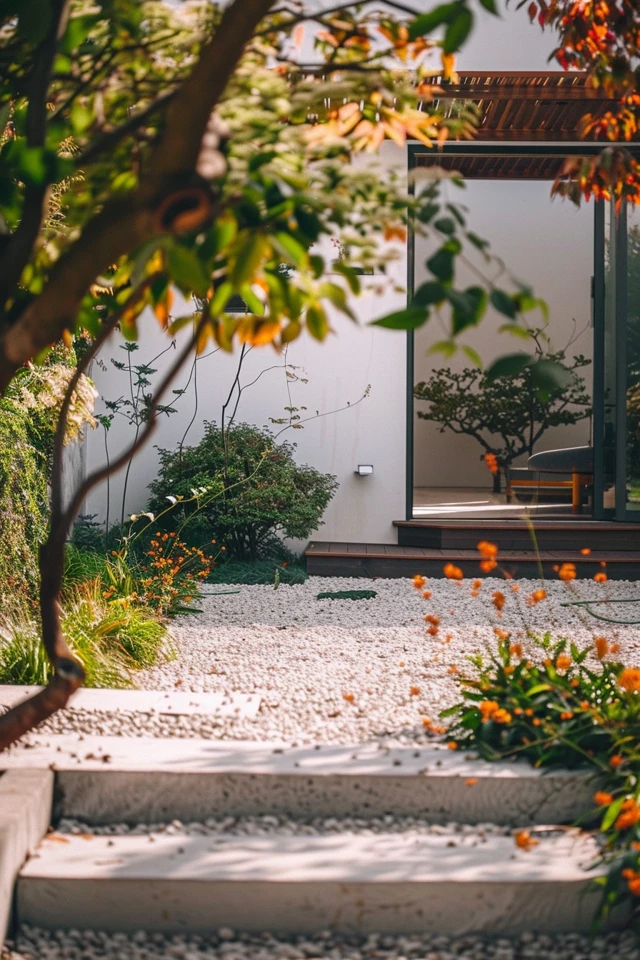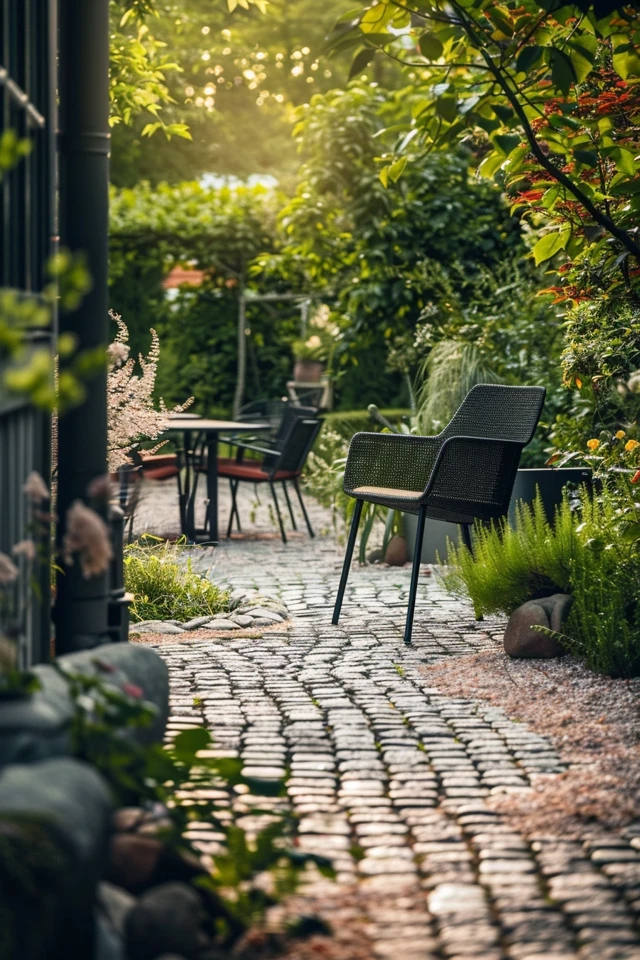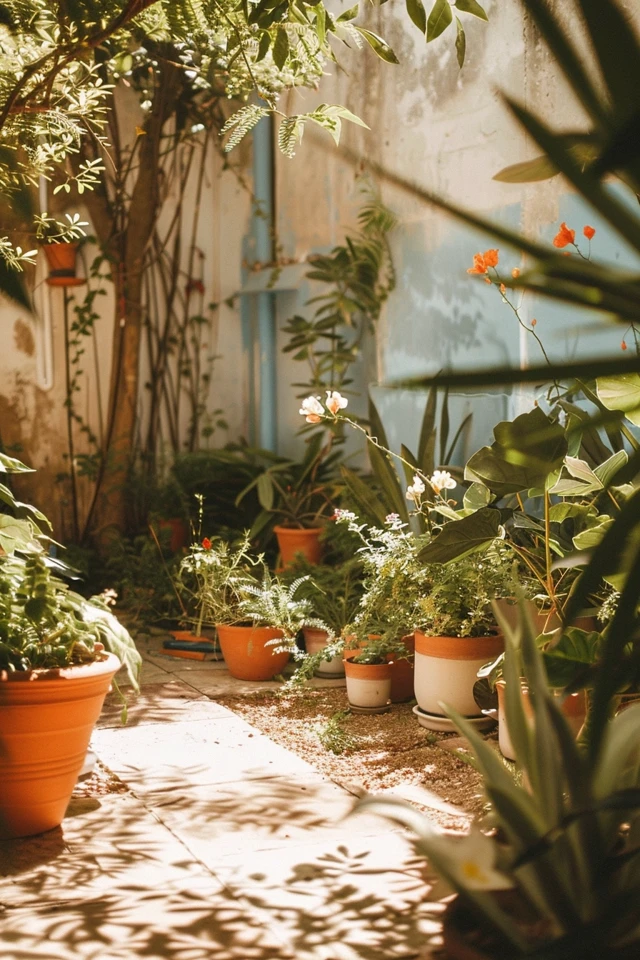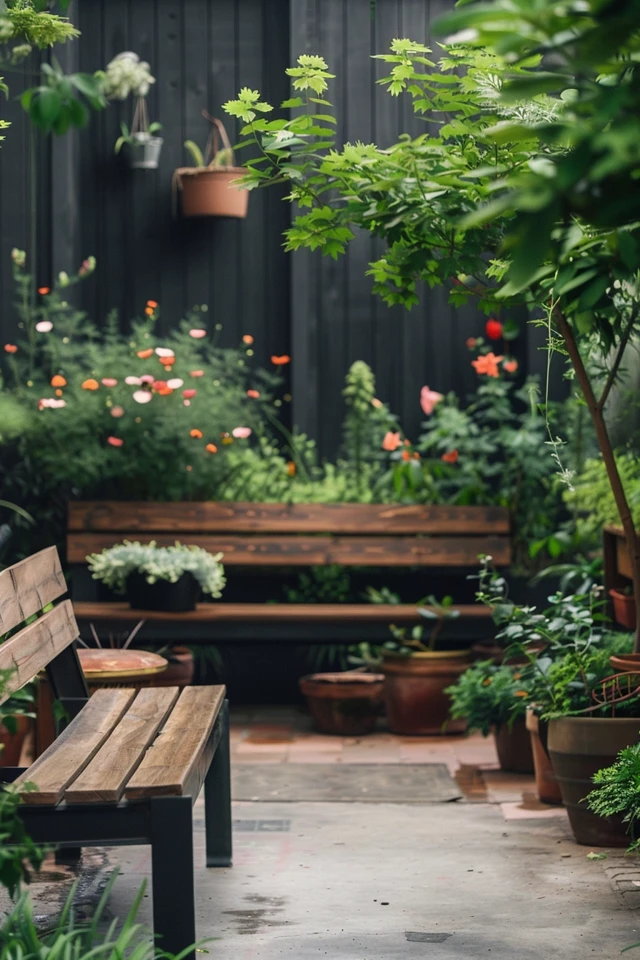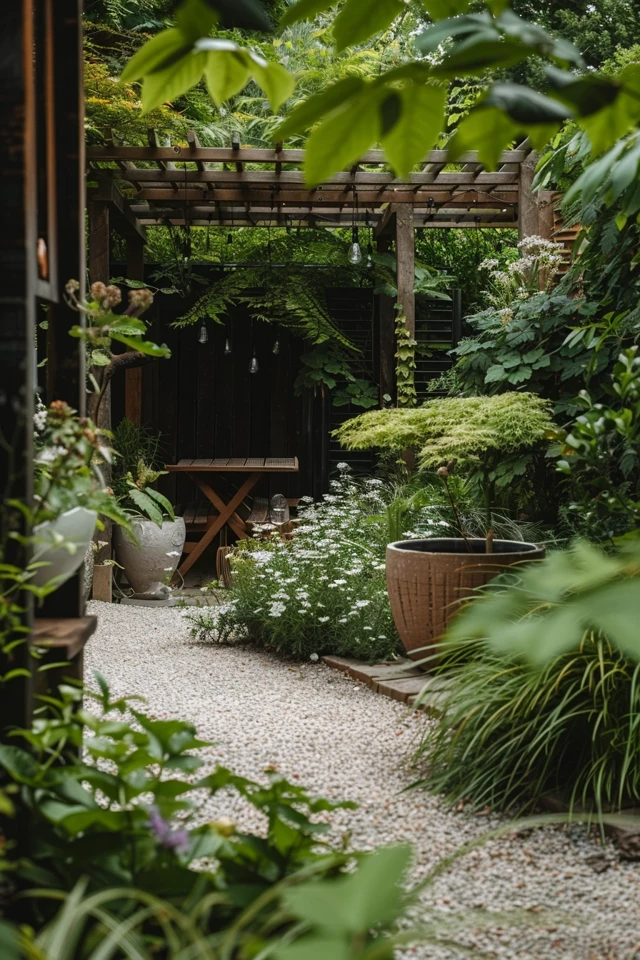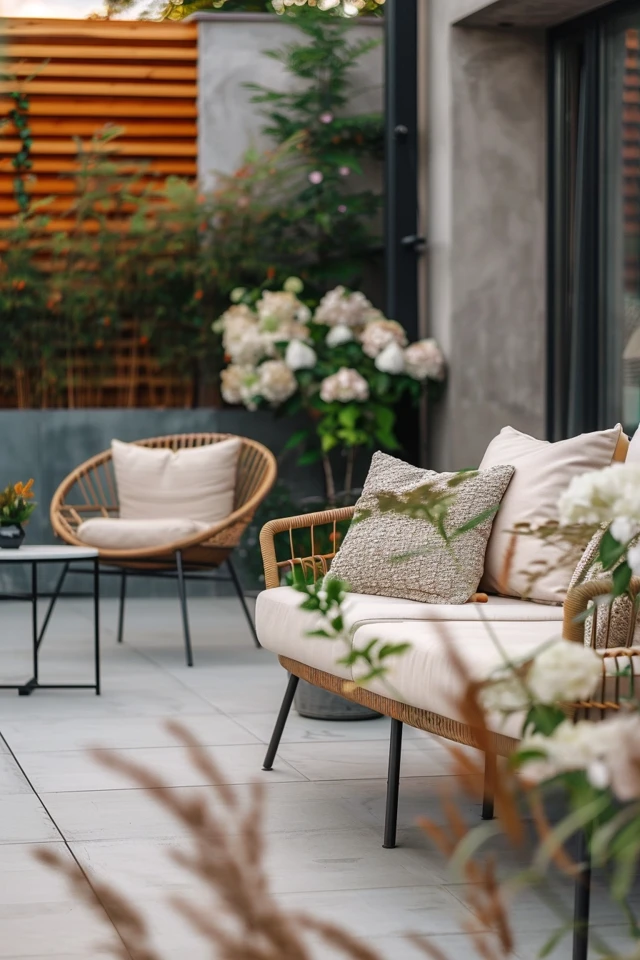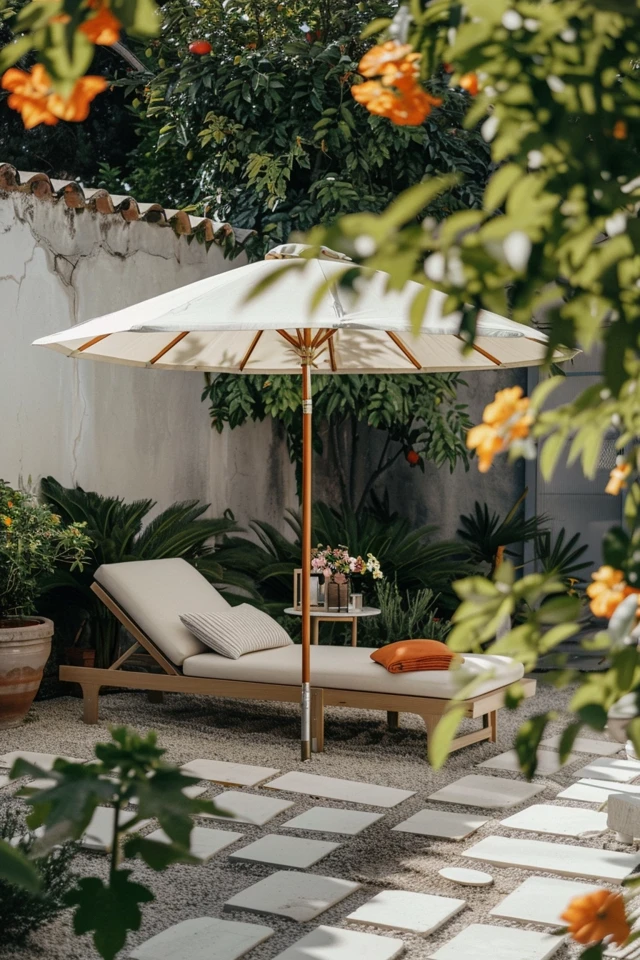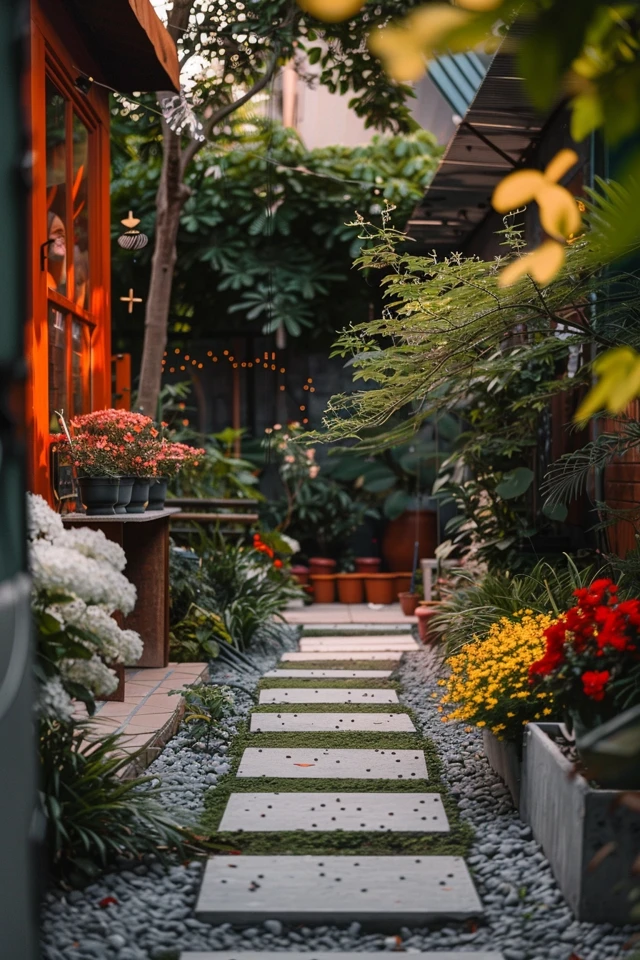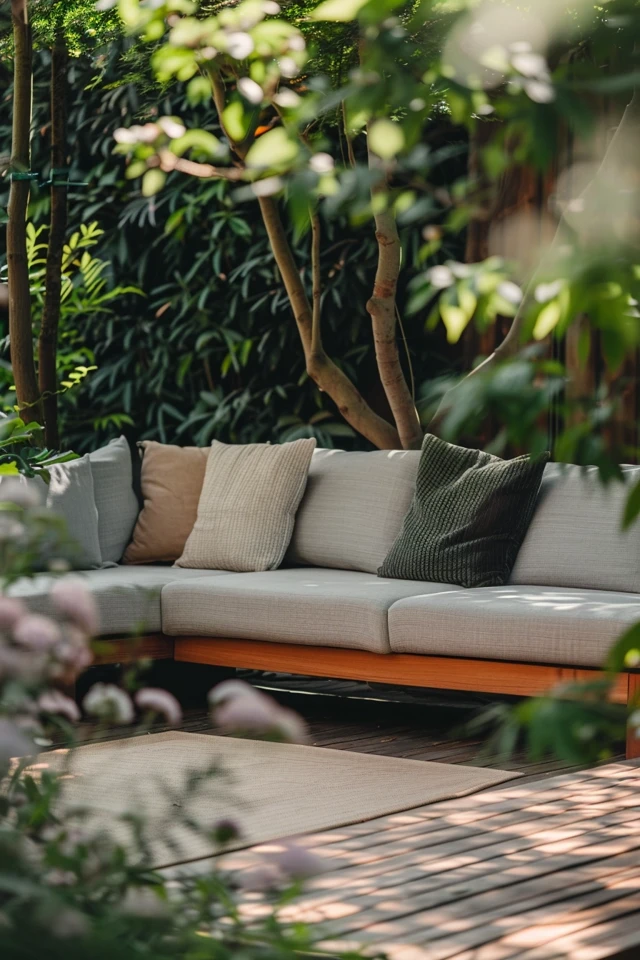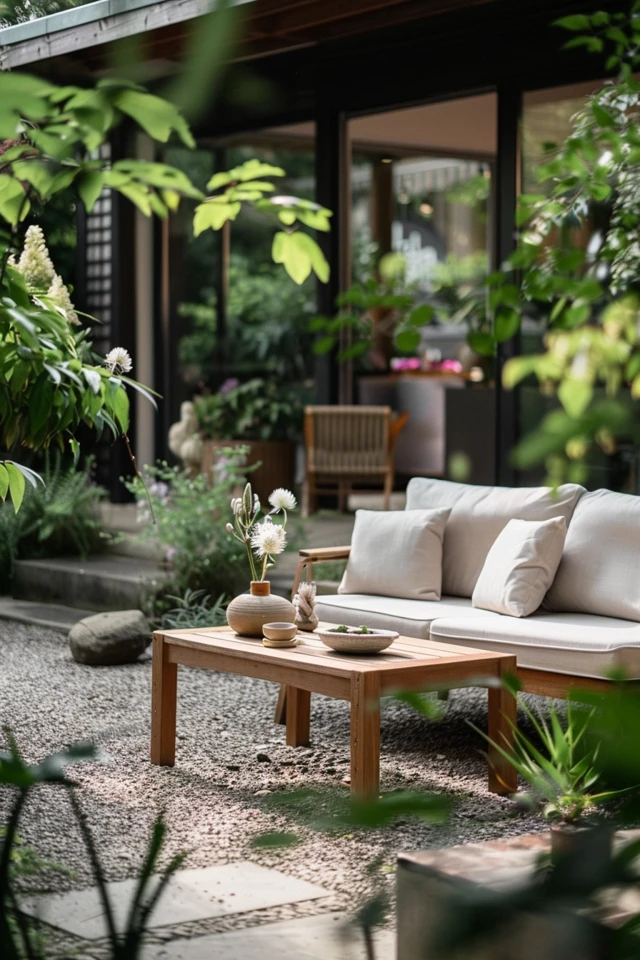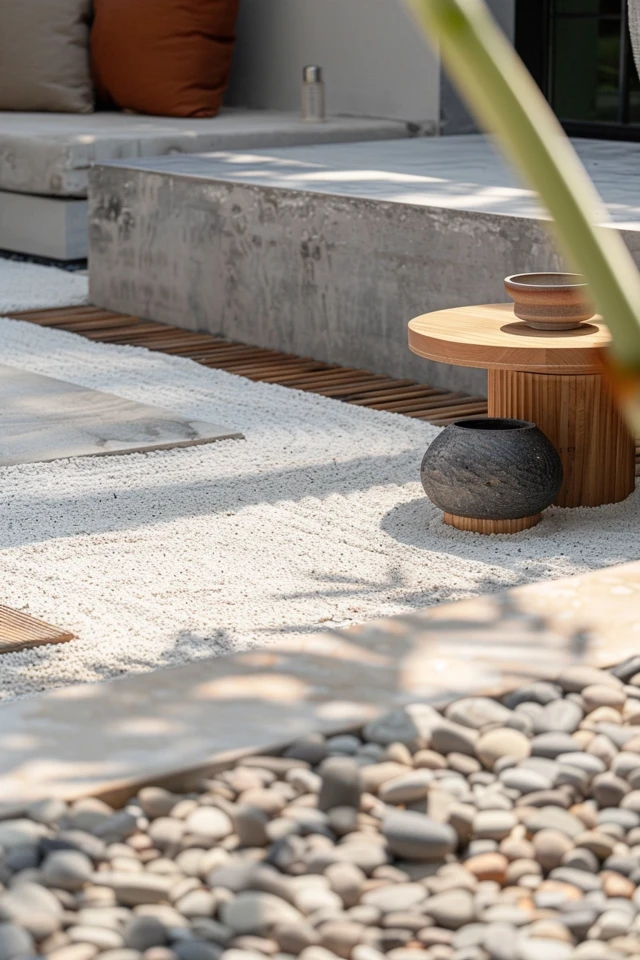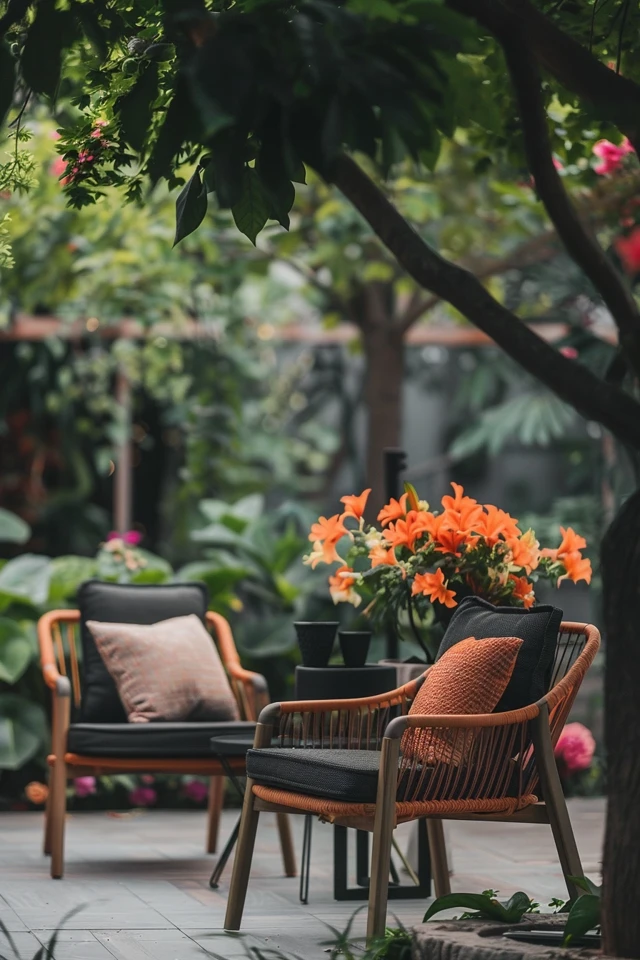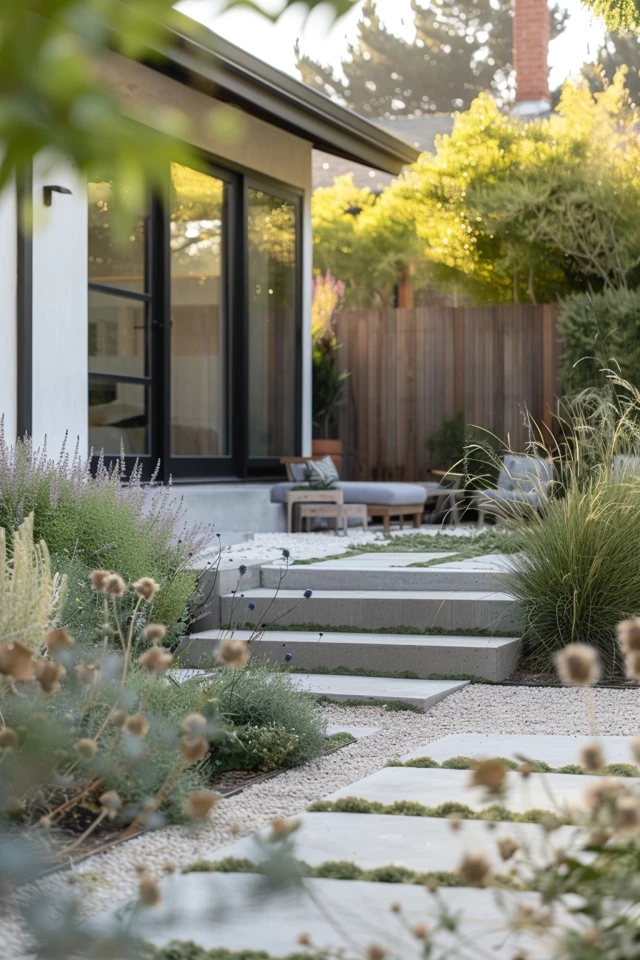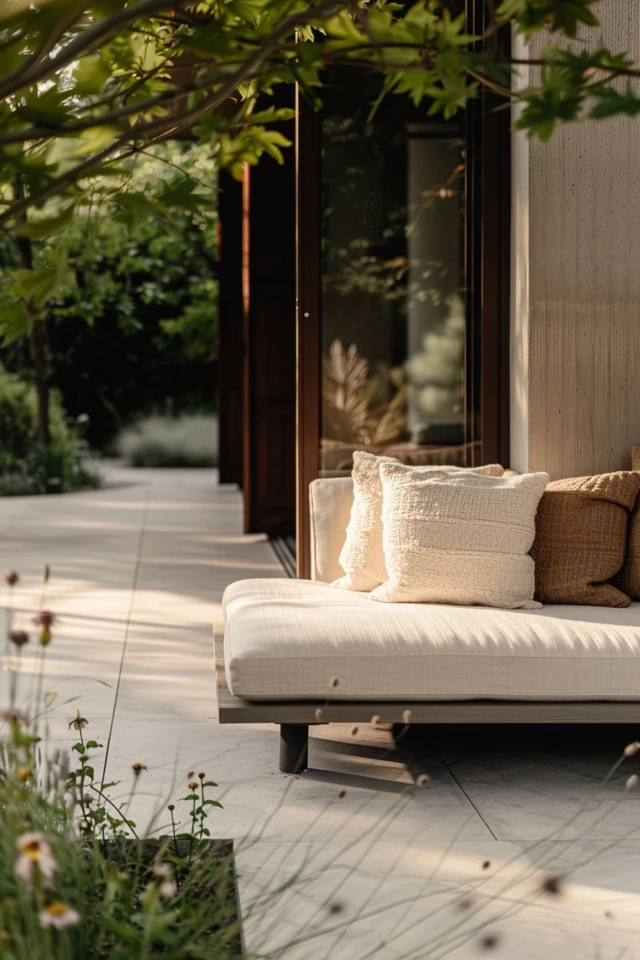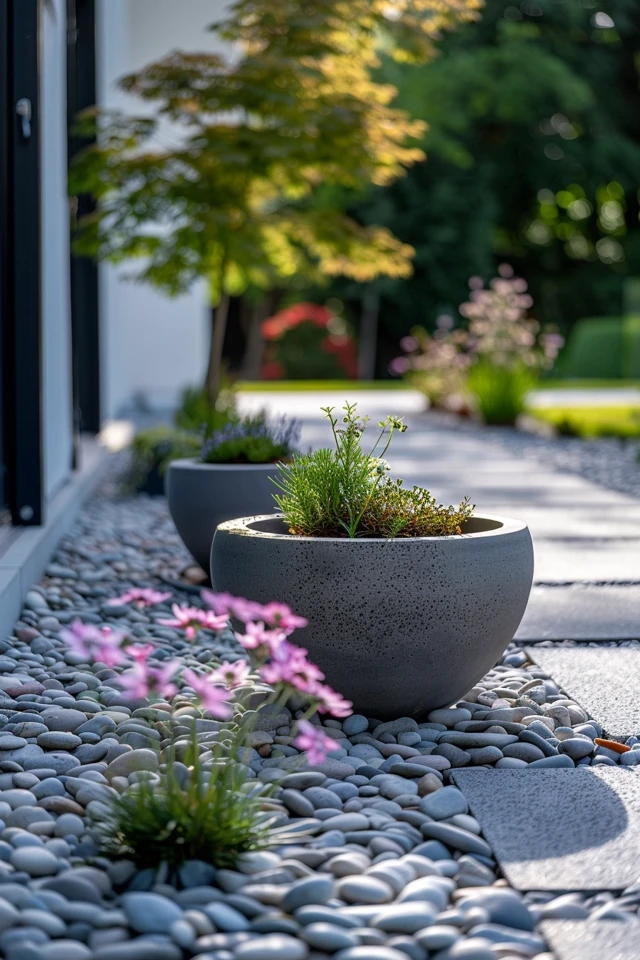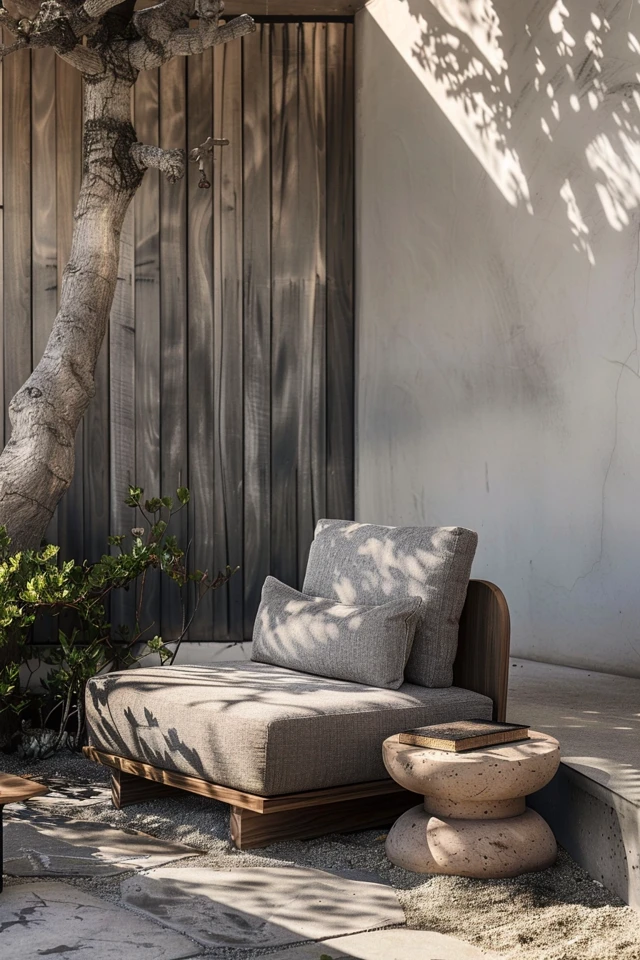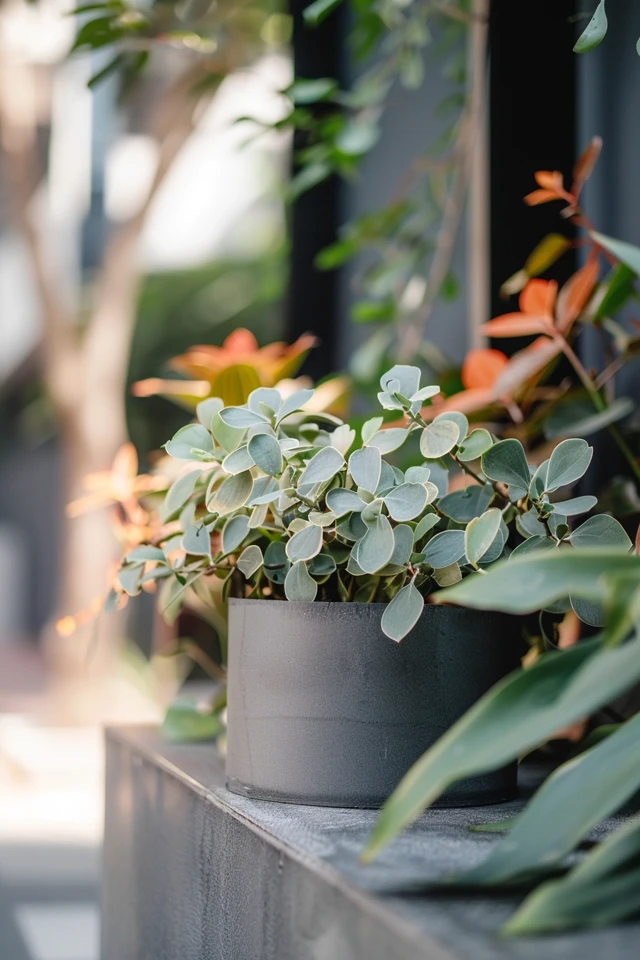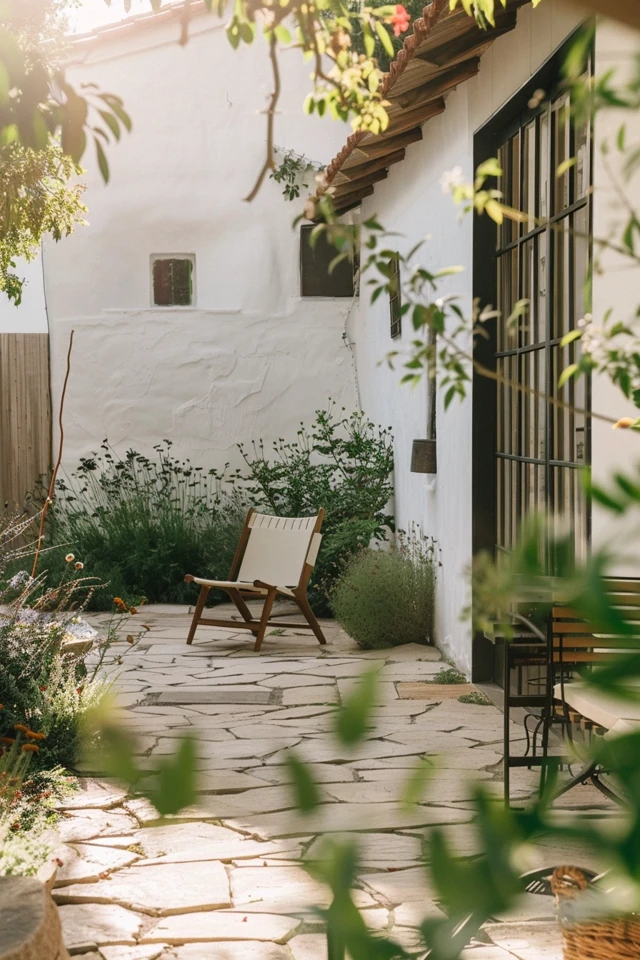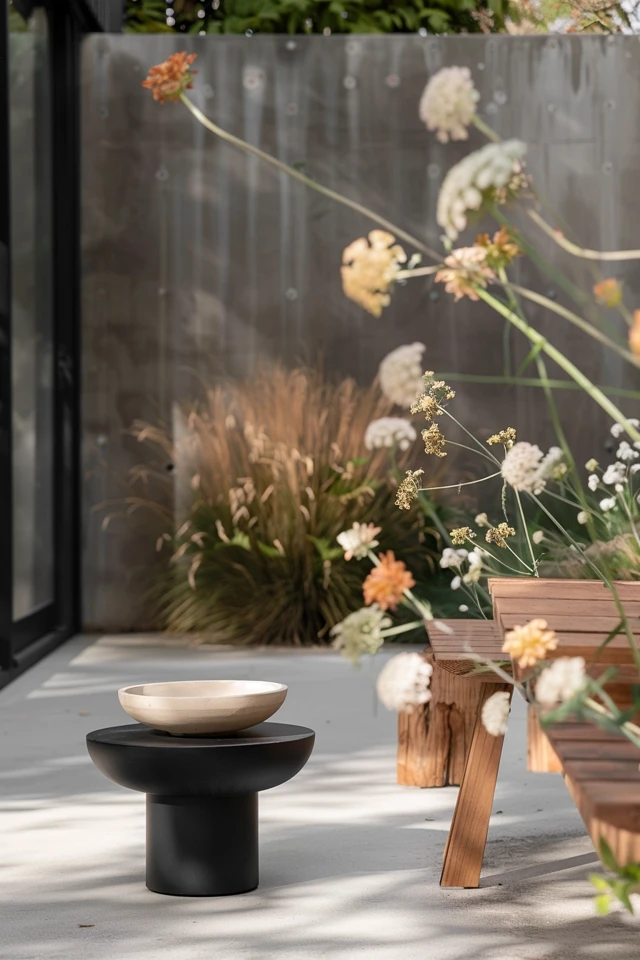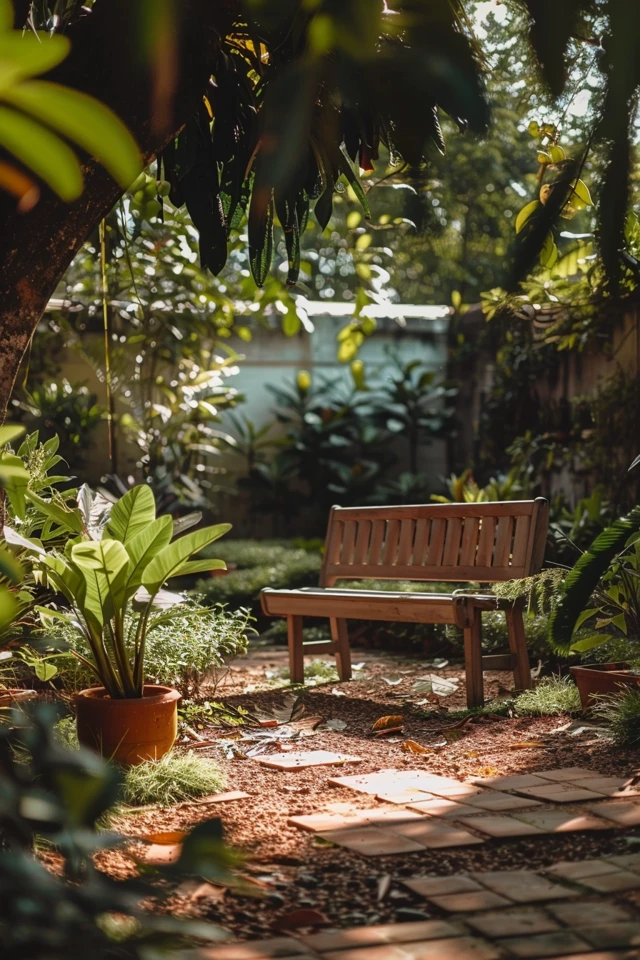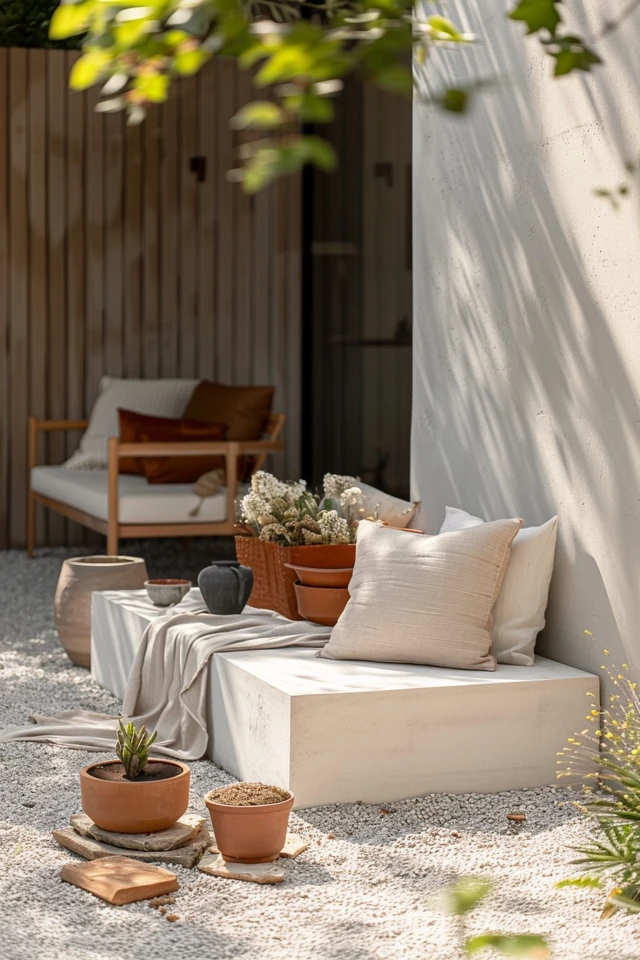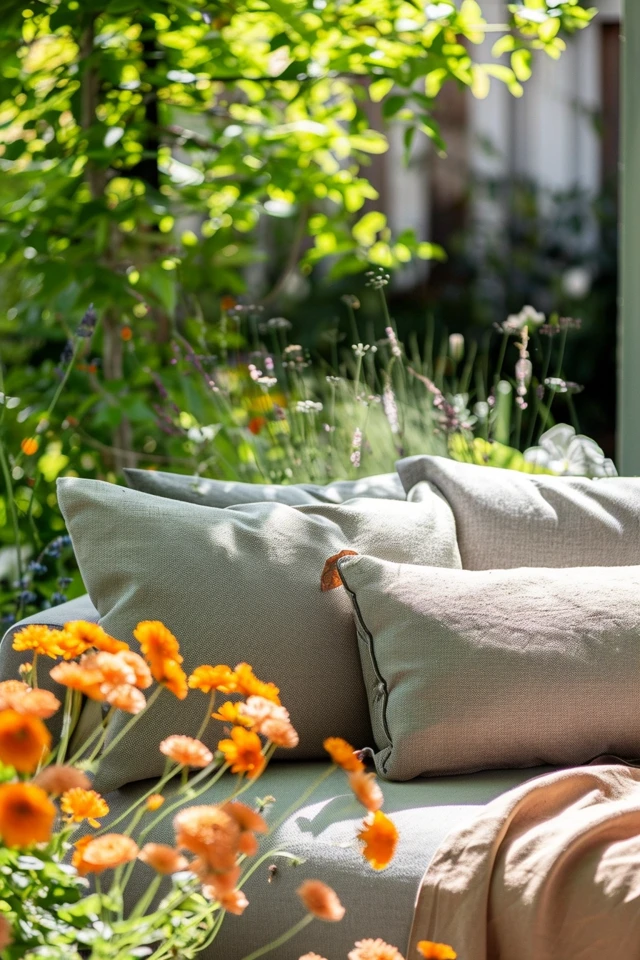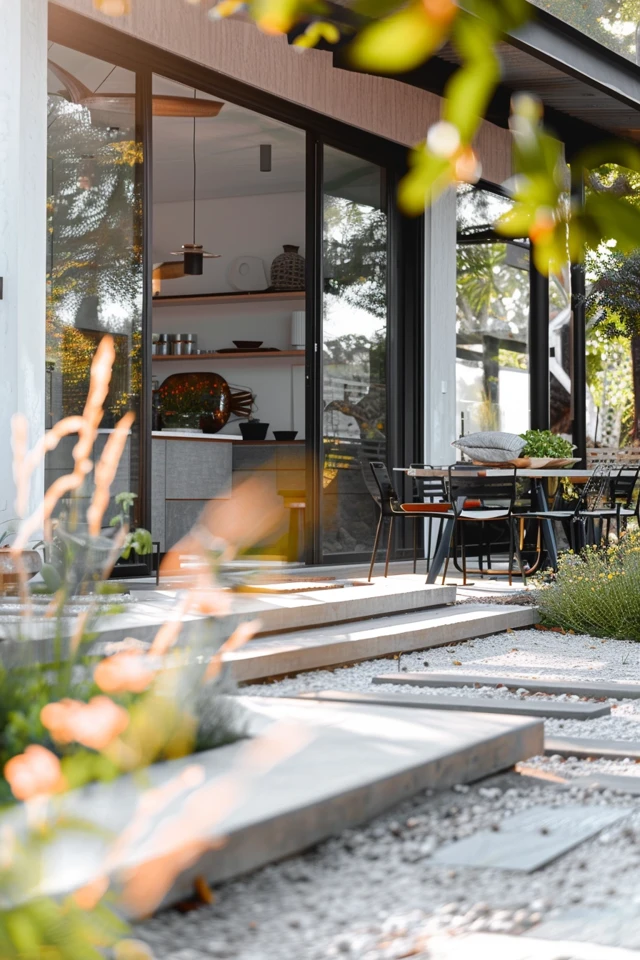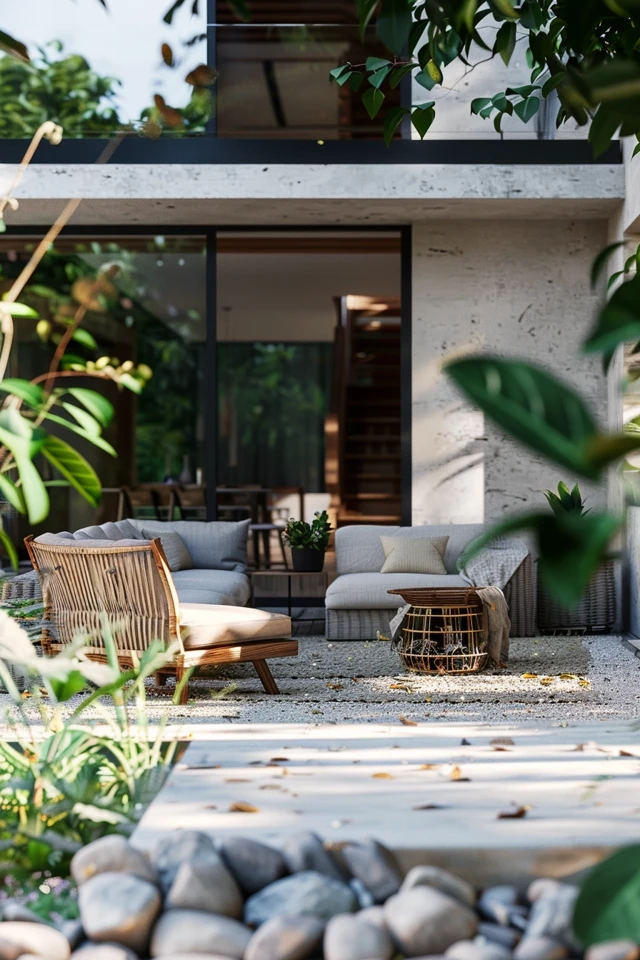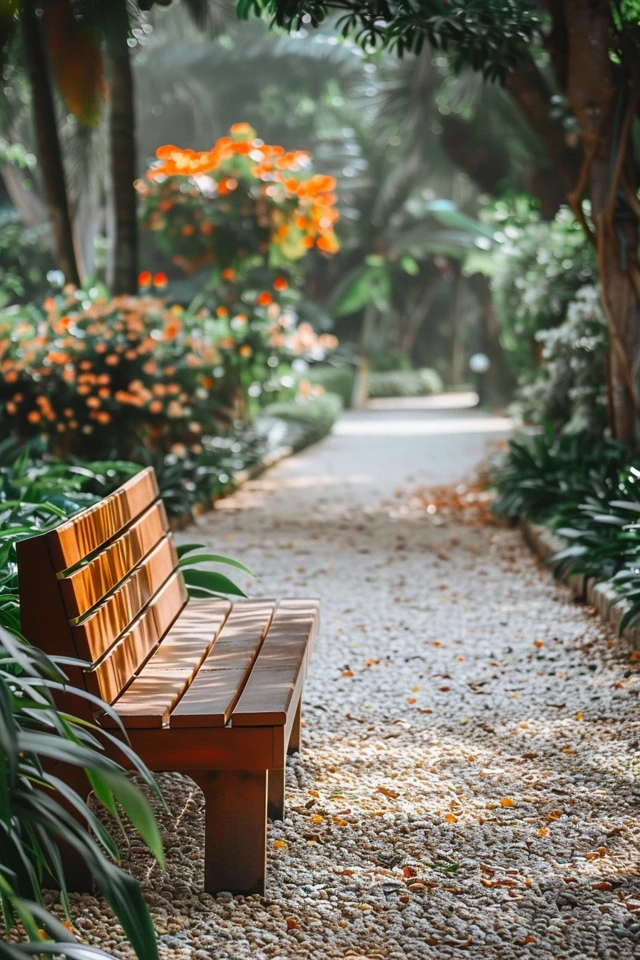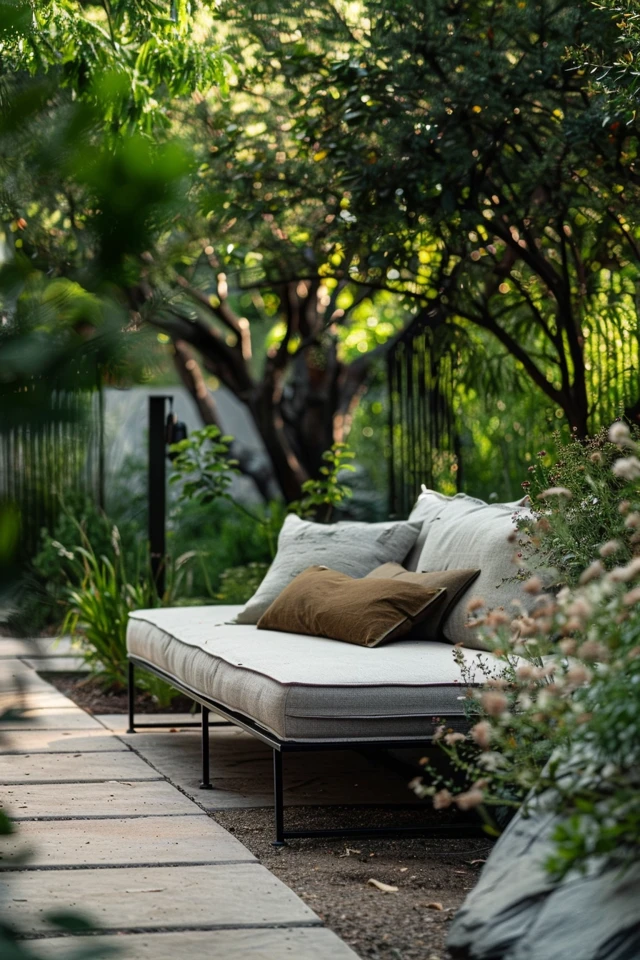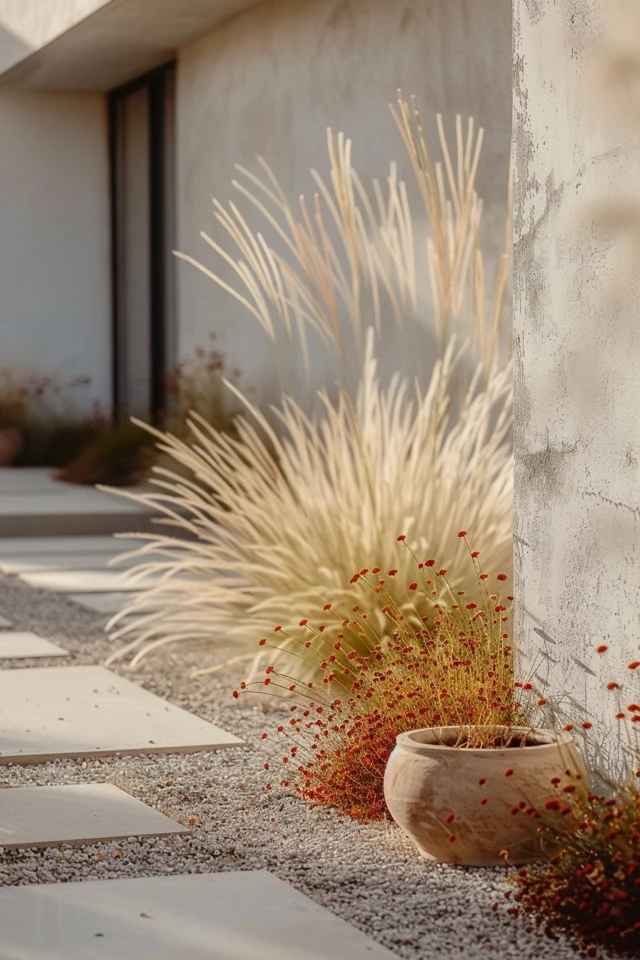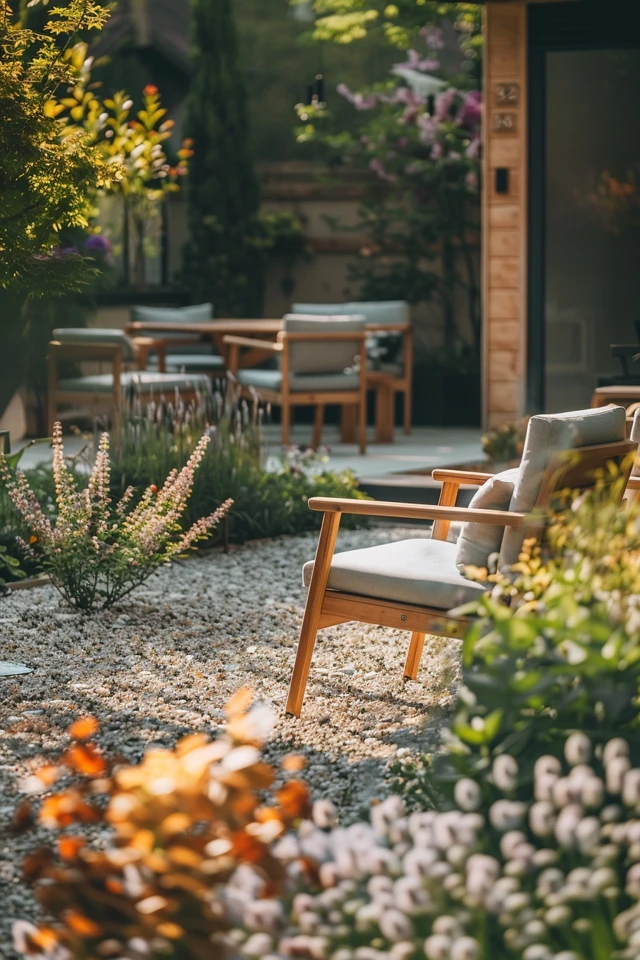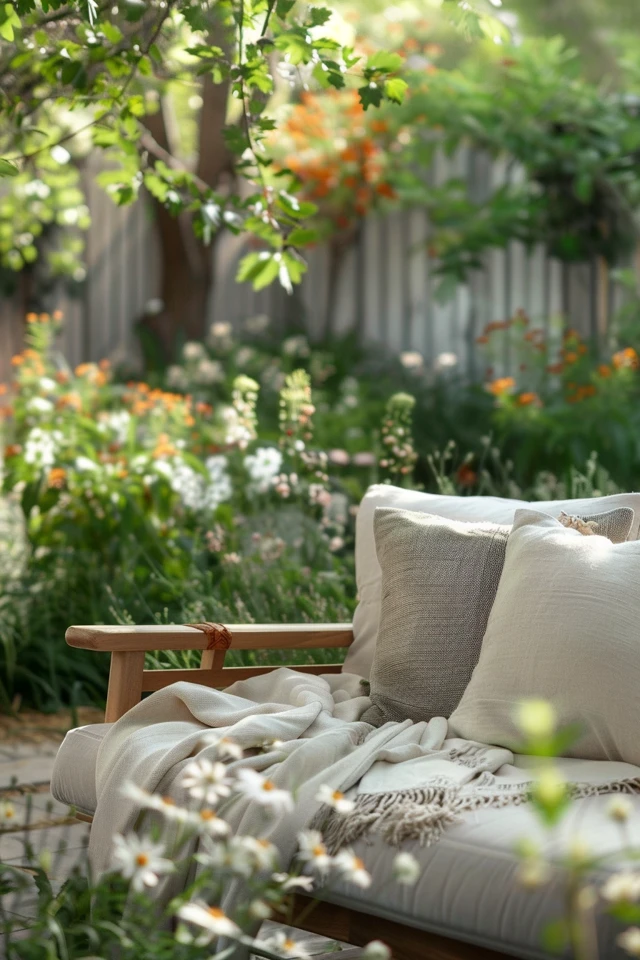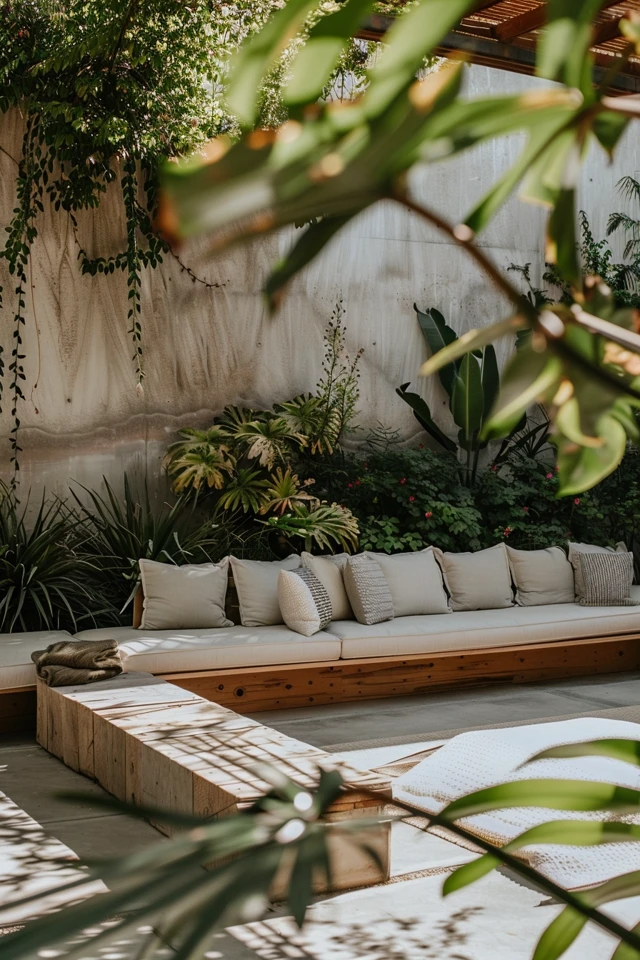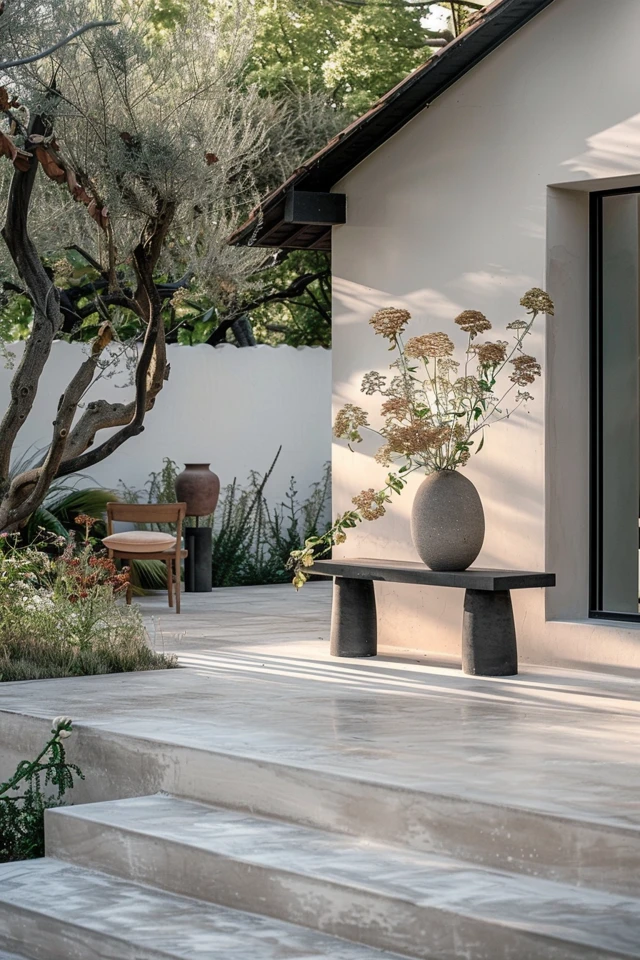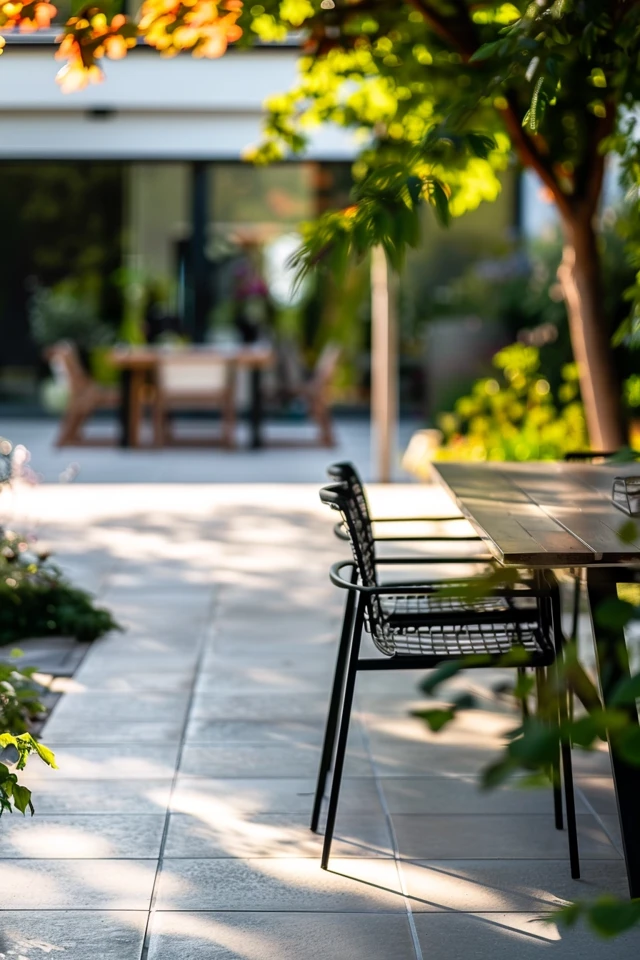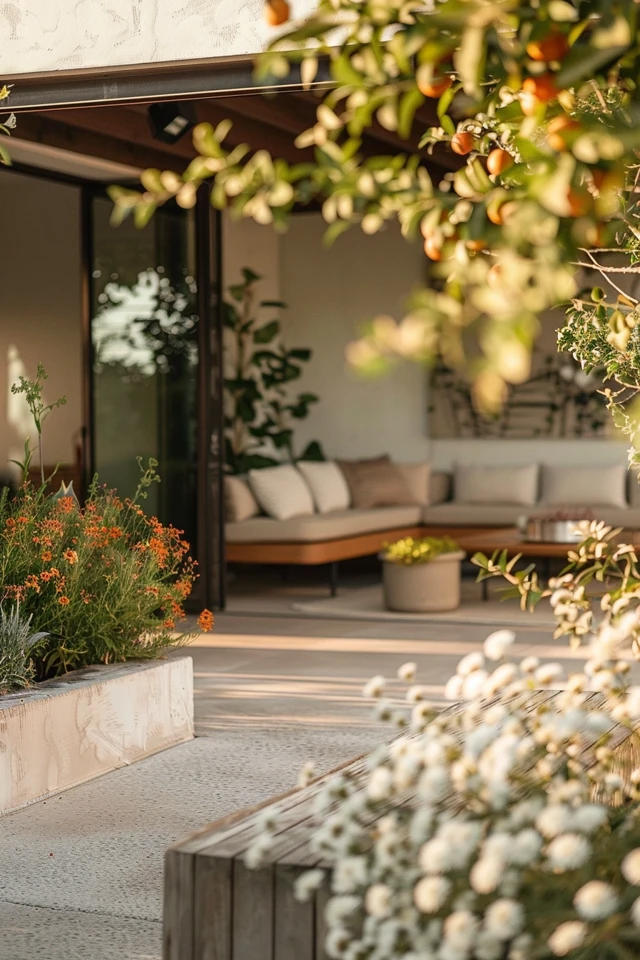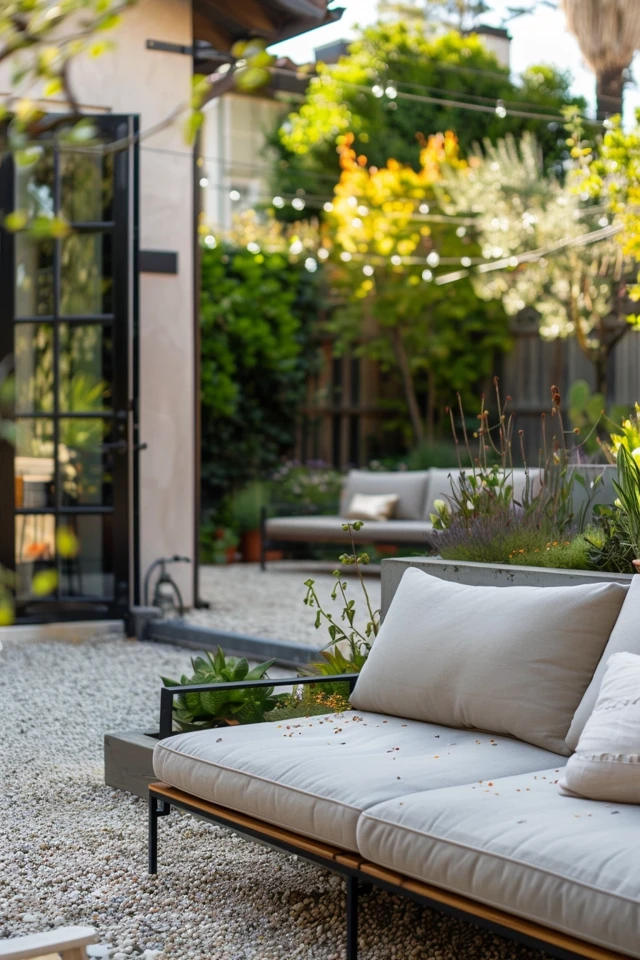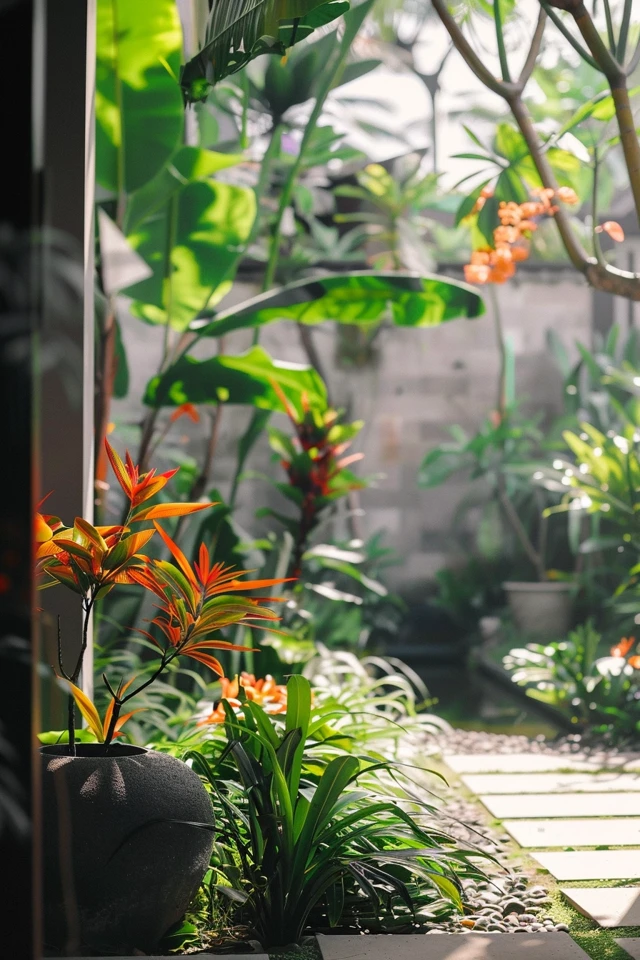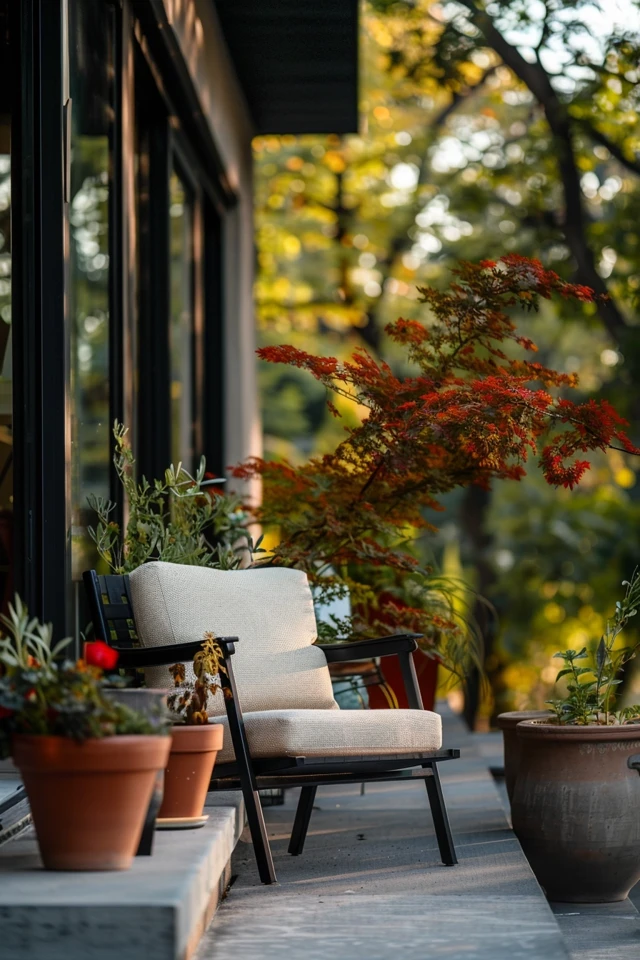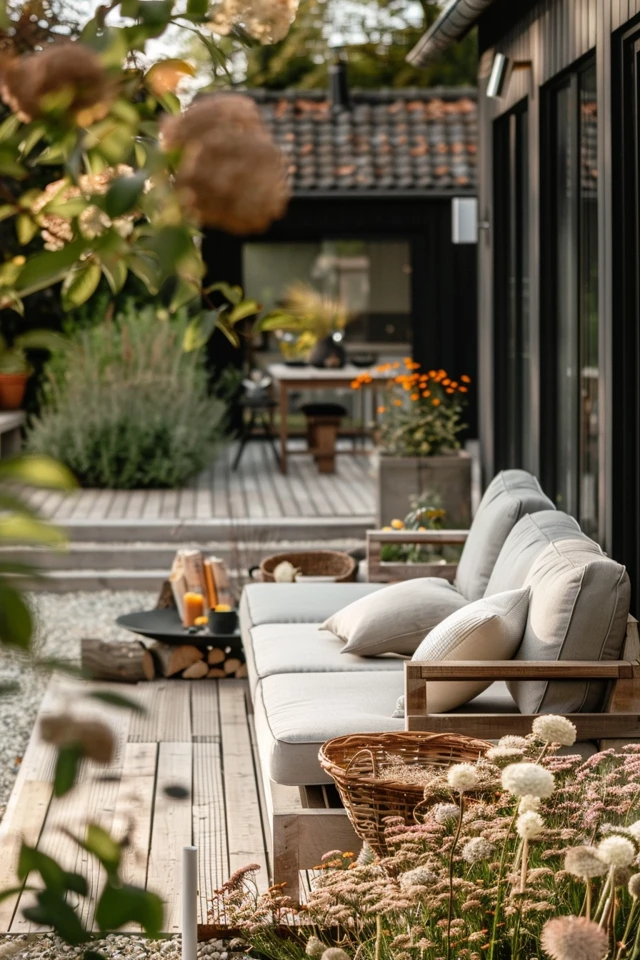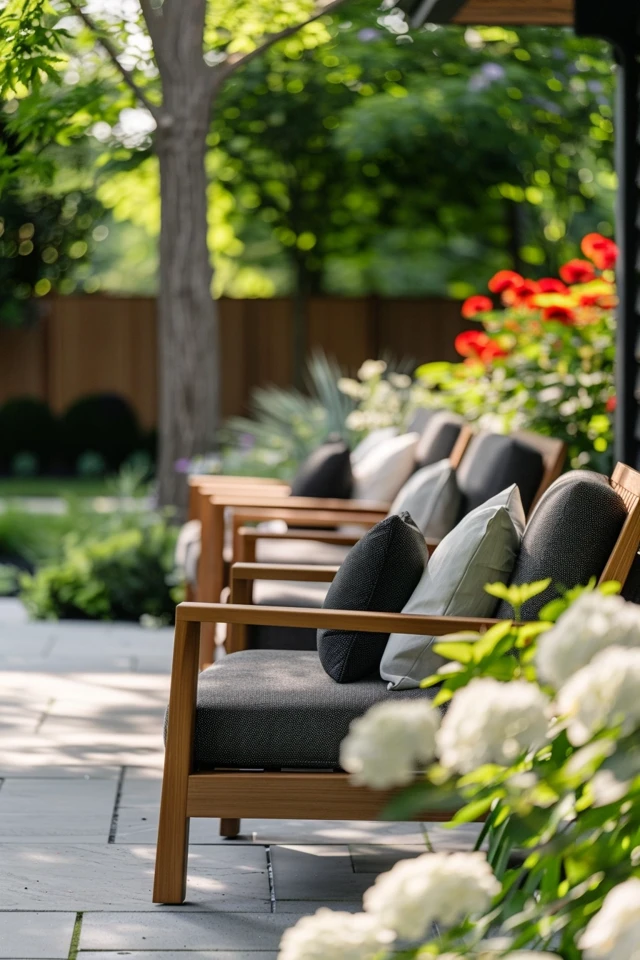Before Reading this Article, Hire Us As Your Designer or Take a Look at My Top 3 Amazon Picks!
If you are looking to blend Amazon's furniture finds with a personalized touch for your space, check out my portfolio, and hire us! You'll get 3 Idea boards, 2 Concept Boards, 2 Realistic Renderings, a Floor Plan, and a Shopping List! Everything's online, plus a 25% discount on your first online interior design project with my Havenly Promo code 4c7441bcfb. With over 2,000 designs since 2017 and top US brand partnerships, your project is in expert hands. US only. Ready to start?
Kante 23.2" L Long Rectangular Concrete Planter, L...
13% OffCreating a minimalist outdoor space can transform your garden into a serene oasis that promotes relaxation and mindfulness. As an architect and interior designer with a focus on evidence-based design, I’ve seen how minimalist principles can be applied to outdoor areas to create a harmonious and tranquil environment. This guide will help you design a simple garden oasis that reflects the essence of minimalism.
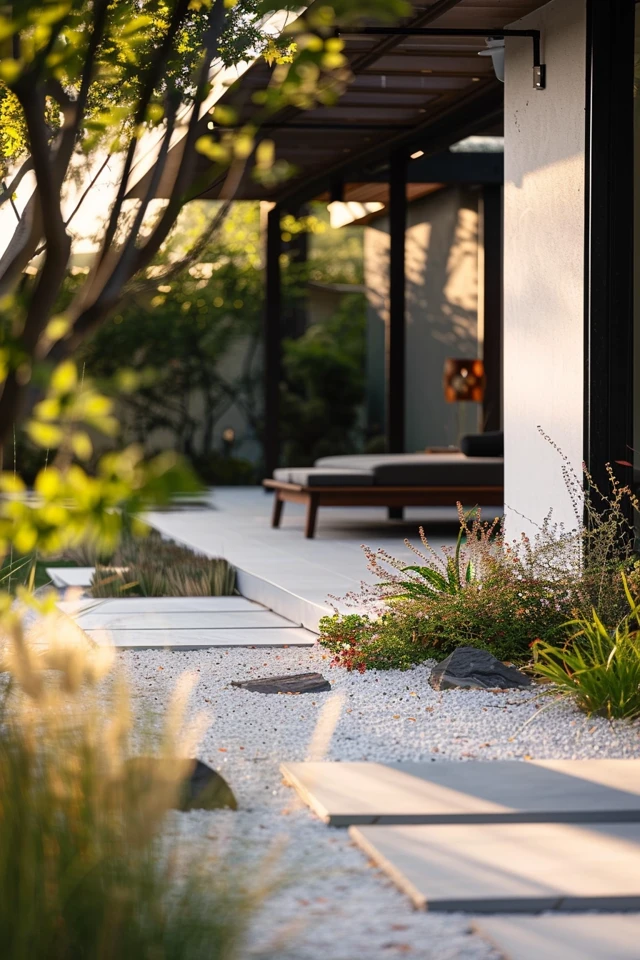
Key Takeaways:
- Focus on Simplicity: Use clean lines and simple forms to create a cohesive look.
- Choose a Neutral Color Palette: Stick to neutral colors to maintain a serene atmosphere.
- Incorporate Natural Elements: Use natural materials and plants to enhance the outdoor space.
- Opt for Functional Furniture: Select outdoor furniture that is both practical and stylish.
- Maximize Open Space: Keep the garden uncluttered to create a sense of openness and tranquility.
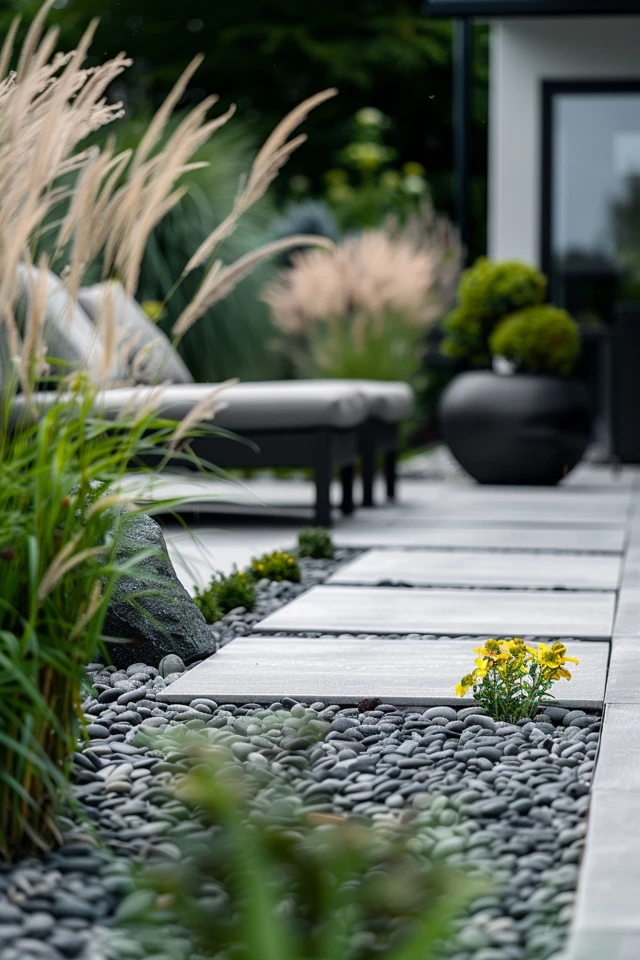
1. Focus on Simplicity
The foundation of a minimalist outdoor space is simplicity. This involves using clean lines, simple forms, and a limited color palette to create a cohesive and uncluttered look. Avoid excessive decorations and focus on a few key elements that define the space.
Start by evaluating your garden and removing any unnecessary items. This includes outdated furniture, excessive decorations, and overgrown plants. By simplifying the design, you create a clean and open space that promotes relaxation.
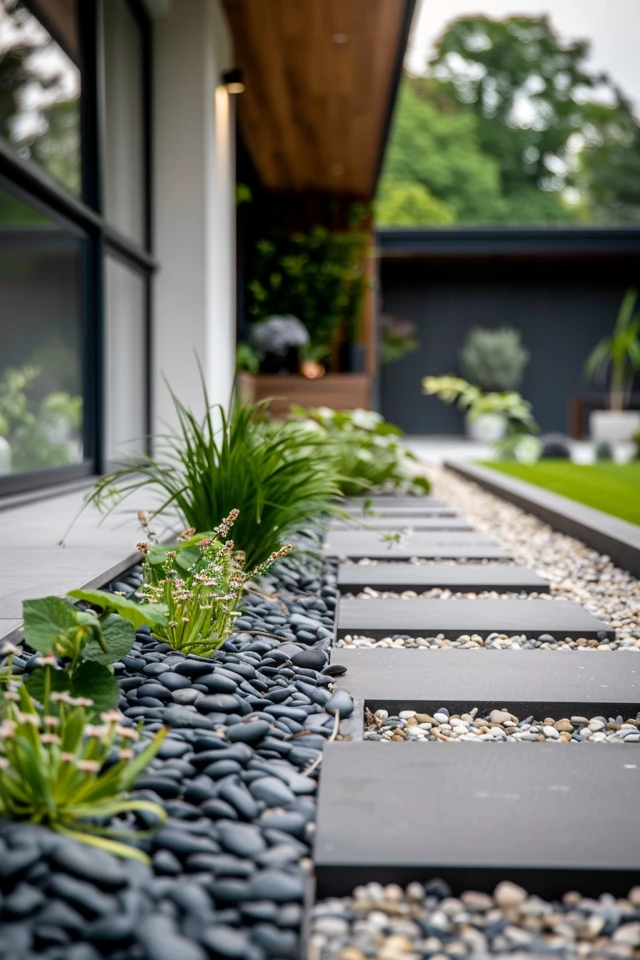
2. Choose a Neutral Color Palette
A neutral color palette is essential for maintaining a serene and cohesive outdoor space. Shades of white, beige, gray, and soft pastels create a calming atmosphere that complements the natural surroundings. These colors also make the space look larger and more open.
When selecting colors for your garden, choose materials and plants that fit within this palette. For example, light-colored paving stones, neutral outdoor furniture, and plants with green and white foliage can create a harmonious and tranquil environment.
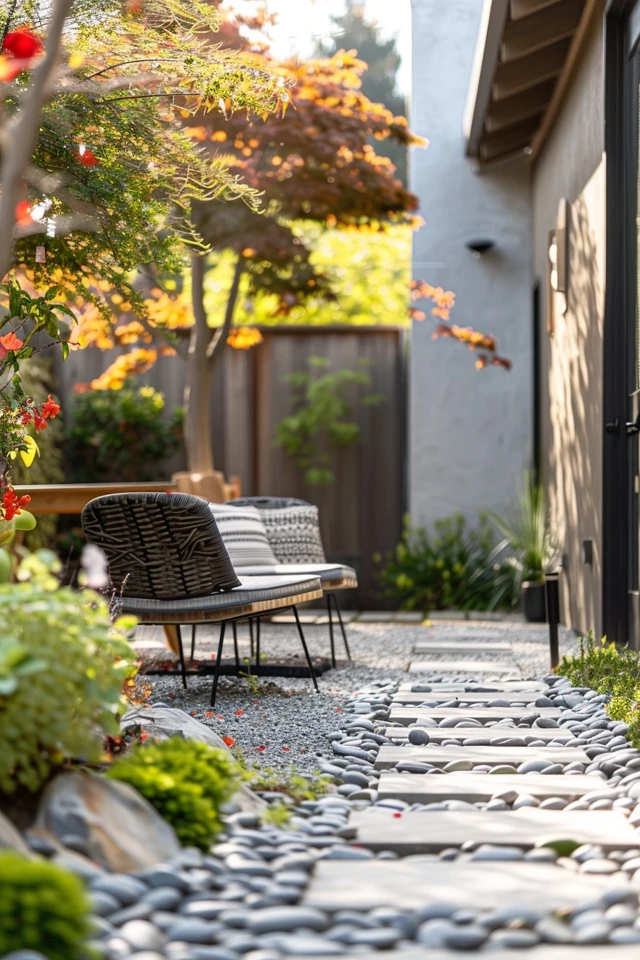
3. Incorporate Natural Elements
Natural elements are a key component of minimalist outdoor design. Use materials like wood, stone, and metal to create a connection with the natural environment. These materials not only look beautiful but also age gracefully, adding character to your garden over time.
Incorporate a variety of plants to add texture and interest to your outdoor space. Choose plants that are low-maintenance and fit within your climate zone. Group plants with similar water and sunlight needs together to create a cohesive and sustainable garden.
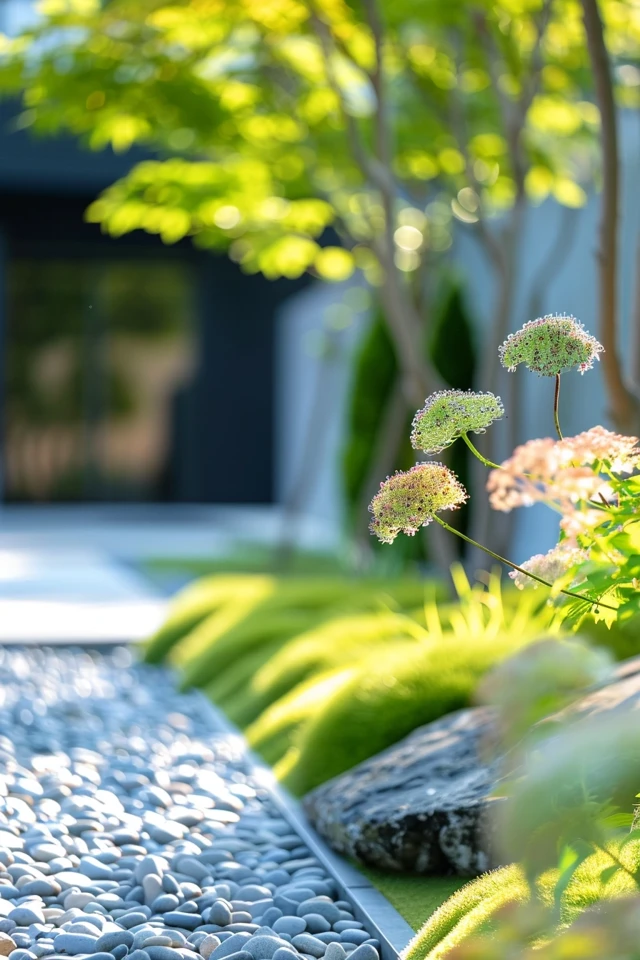
4. Opt for Functional Furniture
Functional furniture is crucial in a minimalist garden. Choose pieces that are both practical and stylish, with clean lines and minimal ornamentation. Multi-functional furniture, such as a bench with storage or a table that can be used for dining and gardening, can help you maximize space.
Invest in high-quality outdoor furniture made from durable materials like teak, metal, or weather-resistant wicker. These materials withstand the elements and maintain their beauty over time. By selecting functional furniture, you create a practical and elegant outdoor space.
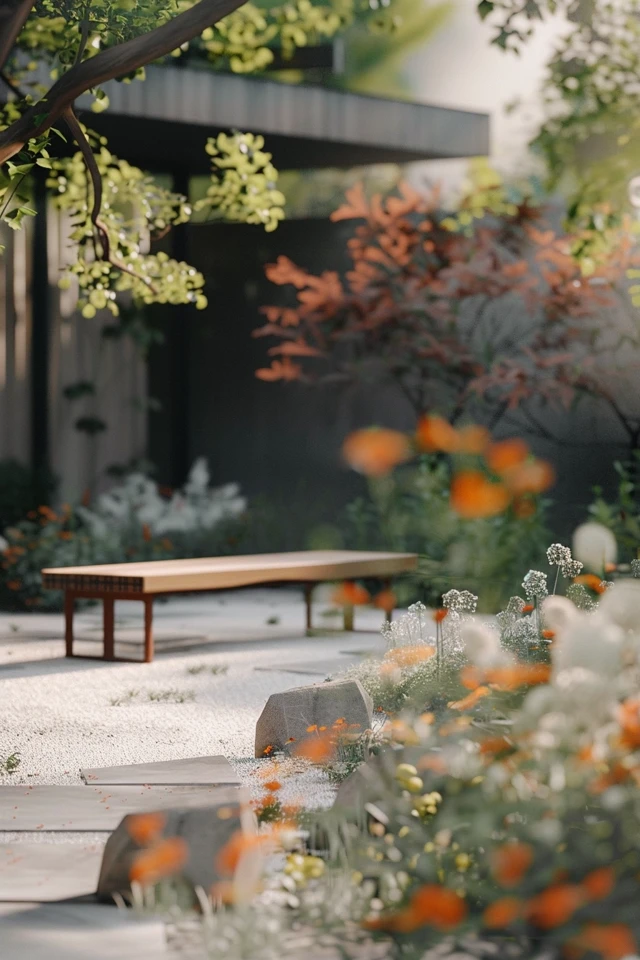
5. Maximize Open Space
An essential aspect of minimalist design is maximizing open space. This creates a sense of openness and tranquility, making the garden feel larger and more inviting. Avoid overcrowding the space with too many plants, furniture, or decorations.
Instead, focus on creating clear pathways and open areas where you can relax and enjoy the surroundings. Use gravel, paving stones, or decking to define different areas of the garden while keeping the overall design simple and uncluttered.
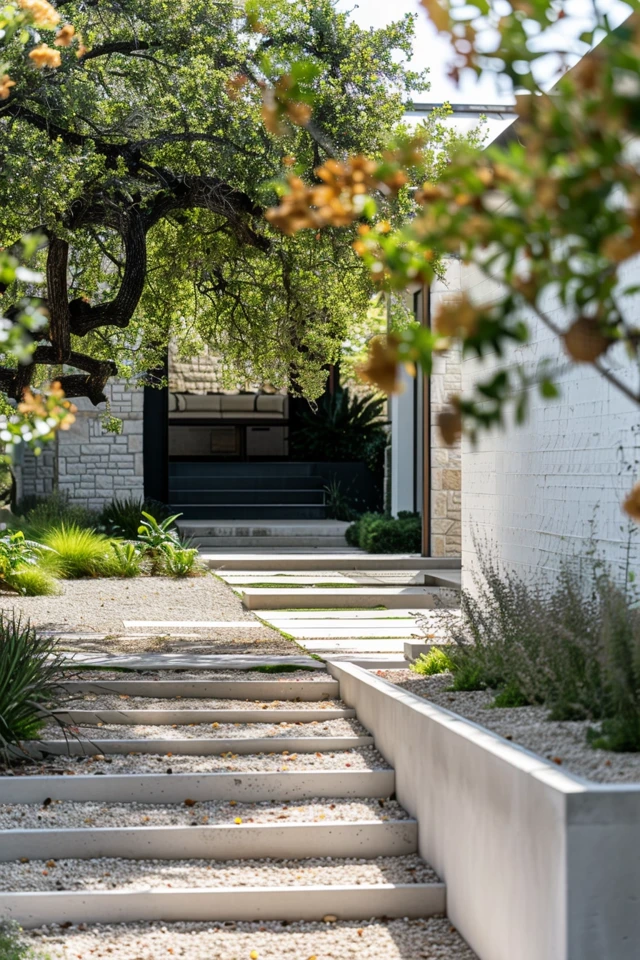
Conclusion
Designing a minimalist outdoor space involves making intentional choices that promote simplicity, functionality, and connection with nature. By focusing on simplicity, choosing a neutral color palette, incorporating natural elements, opting for functional furniture, and maximizing open space, you can create a serene garden oasis that enhances your well-being.
Minimalism in outdoor design is not just about aesthetics; it’s about creating a space that encourages relaxation and mindfulness. As you implement these tips, enjoy the process of curating a garden that reflects your personal style and supports your outdoor lifestyle. With these guidelines, your outdoor space can become a beautiful and tranquil retreat that you love to spend time in.
Inspirational Pictures
